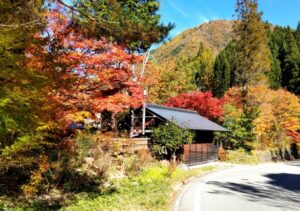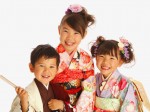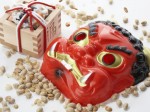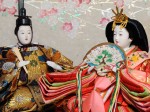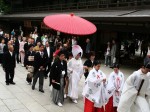The Secrets of Japan’s Four Seasons: The Charm of Lesser-Known Seasonal Festivals

Japan is a country with distinct seasonal changes, and various events are held to celebrate each season. These seasonal festivals reflect ancient traditions and regional cultures, demonstrating a deep connection with nature. Let’s explore the charm of Japan’s lesser-known seasonal festivals.
Spring: A Symbol of New Beginnings
Spring is the season when new life begins to bloom. A representative event during this period is “Hanami,” or cherry blossom viewing. When the cherry blossoms bloom, many people gather in parks and by rivers to enjoy the flowers. The charm of this event lies not only in admiring the beauty of the blossoms but also in enjoying meals and drinks with friends and family.
Another significant event in spring is “Hinamatsuri,” the Doll Festival, which prays for the healthy growth of girls. Beautiful hina dolls are displayed for this occasion. Additionally, rice planting, which starts in spring, is an important event where communities come together to pray for a bountiful harvest.
Summer: A Season of Vibrancy and Energy
Summer is the season of many festivals. One of the most famous is the “Gion Festival” in Kyoto. This festival, with over 1,000 years of history, features a grand parade of ornate floats. At night, the festival becomes even more vibrant with the glow of lanterns.
Another key event is “Bon Odori,” a dance festival held across the country. Bon Odori is a dance to welcome and send off ancestral spirits. Dancing to the rhythm of drums and flutes deepens community bonds. At the end of summer, the “Okuribi” fires are lit, with Kyoto’s “Gozan no Okuribi” being particularly famous.
Autumn: A Season of Harvest and Gratitude
Autumn is the season of harvest. Various harvest festivals are held to celebrate the bounty. The “Niinamesai” is a traditional harvest festival where the Emperor offers new crops to the deities and prays for the nation’s peace and a good harvest. This ancient ritual is one of Japan’s traditional harvest celebrations.
Another important autumn event is “Tsukimi,” or moon viewing. This festival involves offering rice dumplings, pampas grass, and autumn vegetables to the full moon, expressing gratitude for the harvest. The “Tsukimi” event in Kyoto’s Sagano area is especially picturesque.
Winter: A Season of Tranquility and Renewal
Winter marks the end of the year and the beginning of a new one. “New Year” (Oshogatsu) is one of the most important events, where families gather to celebrate. People visit shrines and temples for “Hatsumode,” the first prayer of the year, to pray for happiness in the new year.
Another winter custom is “Toji,” the winter solstice, when people eat pumpkin and take yuzu baths. This is believed to ward off colds and ensure good health. “Christmas” has also become widely celebrated in recent years, with urban areas adorned with beautiful illuminations.
Living in Harmony with Nature Throughout the Seasons
Japan’s seasonal festivals show the close relationship between nature and people’s lives. Through these events, Japanese people feel the rhythm of nature and live with gratitude for its blessings. Each region has its own unique festivals, reflecting local characteristics and culture.
These seasonal events are key to deeply understanding Japanese culture. For visitors to Japan, participating in these festivals offers a chance to experience the true charm of Japan. Why not enjoy Japan’s seasonal festivals while feeling the changes of the seasons?

